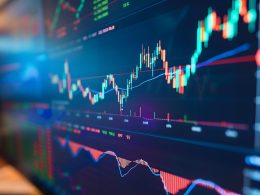Following a string of weaker than expected economic reports over the last few weeks and today's much larger than expected drop in Durable Goods Orders, investors are increasingly asking if the market is setting itself up for a repeat of 2010 and 2011. In the chart below, we highlight the annual performance of the S&P 500 so far this year, as well as in 2010 and 2011. As shown in the chart, in both 2010 and 2011 the S&P 500 rallied in the first four months of the year.
In 2010, the S&P 500 was up 9.2% when it reached its first half peak on 4/23. From there, the index dropped sharply and was down as much as 10% YTD before rallying when the Fed stepped in with QE2. In 2011, we saw a similar pattern. When the S&P 500 reached its first half peak on April 29th, the index was up 8.4% on the year. From there, it was a downward slide as the index fell roughly 20% through October. Then late in the year, the market once again rallied when the Summer ended and the Fed stepped in with 'Operation Twist.'
This year, the market finds itself in a similar position as the month of April comes to a close. At its peak on 4/2, the S&P 500 was up 12.8% on the year, but it has since seen a minor pullback. This pullback coupled with recent weakness in economic data and the on-going European debt crisis has investors worried that this could be a long hard Summer.
Will 2012 turn out a lot like last year? Only time will tell, but while there are some similarities between now and then, there are also some key differences. For starters, the economy is at a higher level now than it was then. Additionally, while most global Central Banks had a bias towards tightening early last year, this year the bias is towards easing. Finally, last year's peak in the market and economic activity came just weeks after the earthquake in Japan. As we noted back then, when the world's third largest economy essentially grinds to a halt, the global economy will feel an impact.













